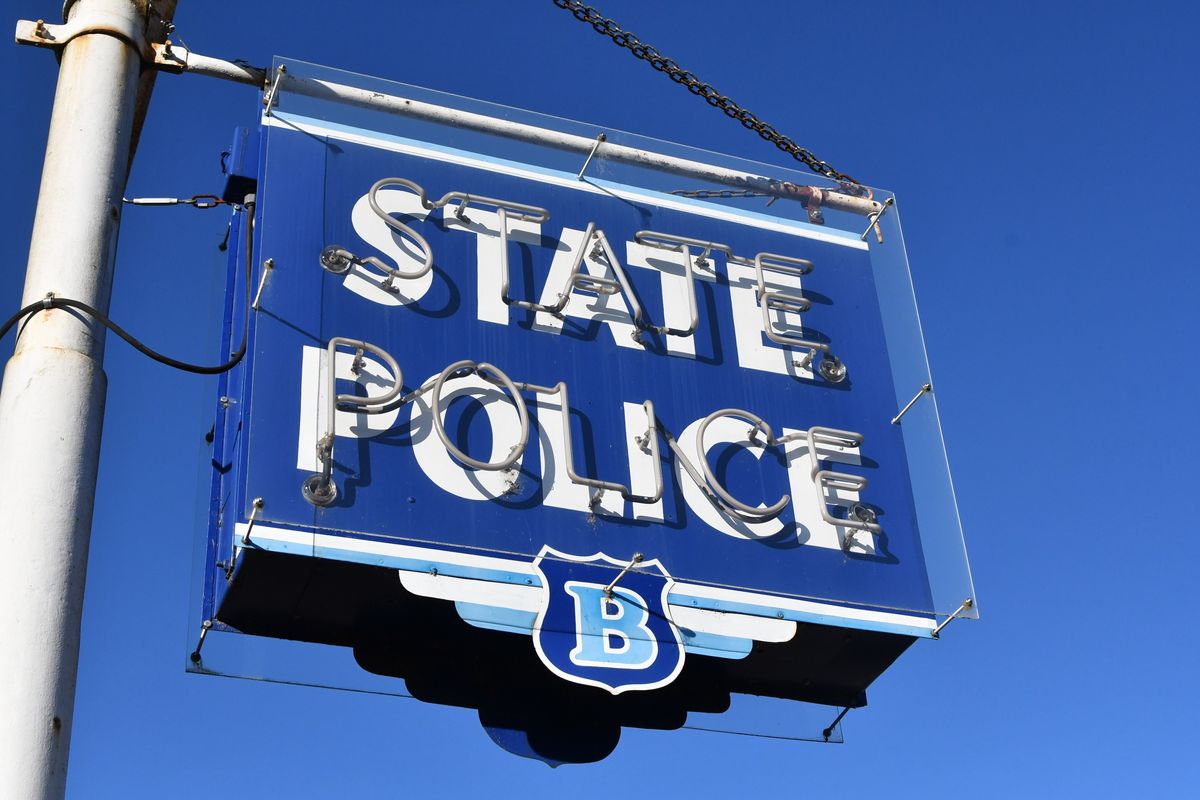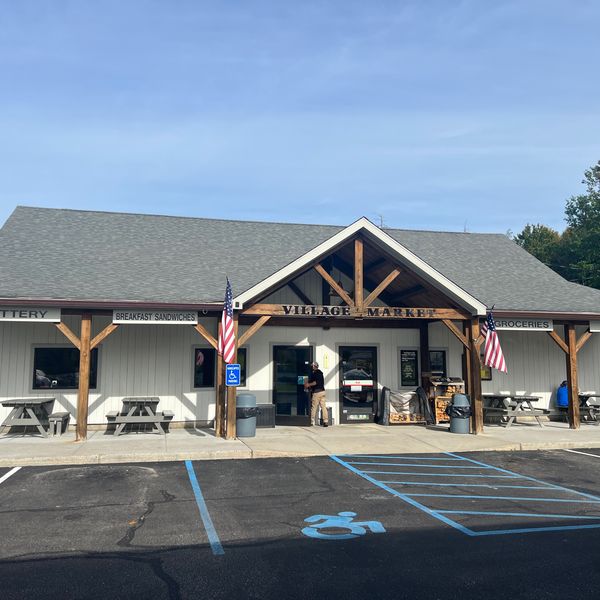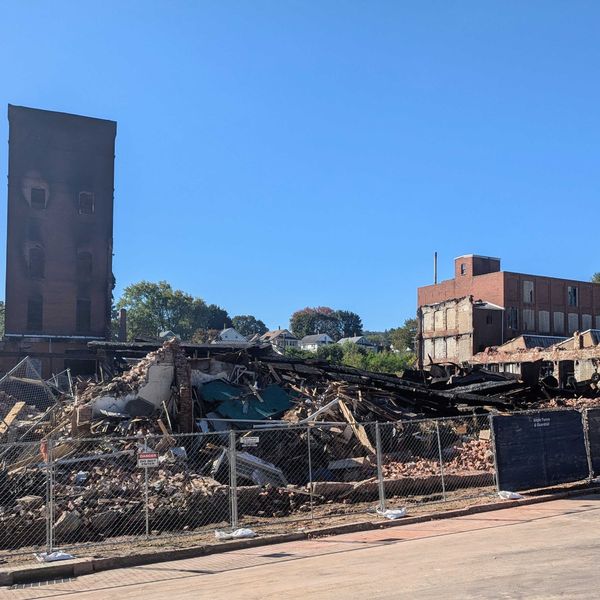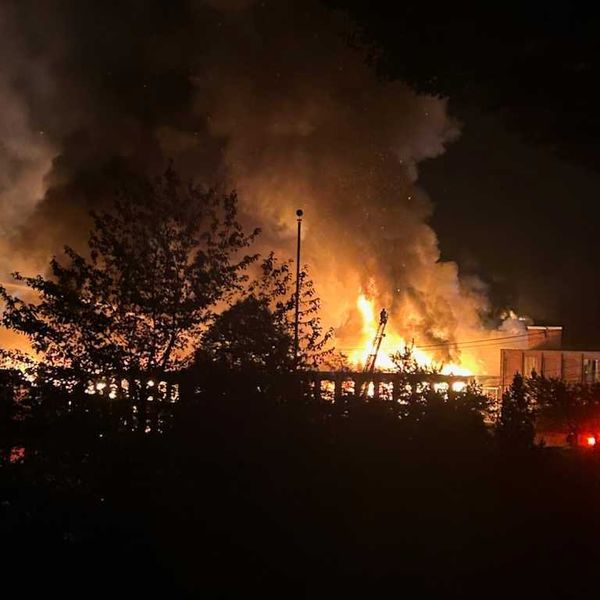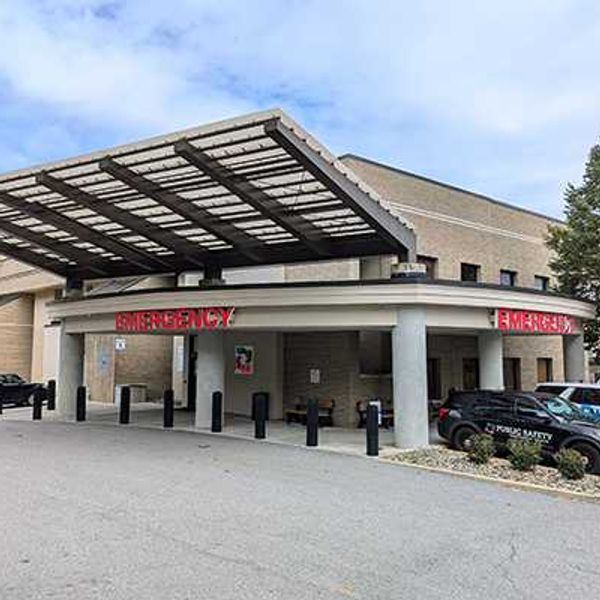Latest News
An adult lanternfly and nymphs in the final stage just before entering adulthood.
Public domain image from USDA
The Spotted Lanternfly, an insect native to Asia and first found in the U.S. in Pennsylvania in 2014, has made its way into northeast Dutchess County, New York, and the Northwest Corner of Connecticut.
Brent Boscarino, Coordinator of the Lower Hudson Partnership for Regional Invasive Species Management, explained that the lanternfly is a nuisance pest, but it’s not quite dangerous enough to trees and plants to kill them.
“Response is going to vary depending on where it is discovered,” Boscsarino said. He said the insects don’t pose a threat to humans or even that large of a threat to local trees and plants except for vineyards and timber lots.
Spotted Lanternflies will breed and congregate in massive groups in a tree or a collection of vines, feeding on the plants leaves and stems with special mouths that pierce and suck out the insides. During this process the insects secrete a sticky substance known as honeydew. The added moisture can propagate sooty mold on the bark of trees and plants.
But the insect is rarely solely responsible for killing its host plants, Boscarino said, and if they’re out of sight there’s no need to go search out the bug to eradicate it. Instead, focus on areas where large populations of the bug might be causing a nuisance, like in trees nearby to regular gathering areas.
“If you’ve got a big canopy tree that hangs over your deck or a pool or a place where you congregate with your family, that is the area to focus on,” Boscarino said.
Suggested management strategies focus on trapping the insect in its nymph stage, when it’s flightless and continually falls off and climbs back up the trunk of its host tree.
Sticky traps can be used, but additional measures should be used to prevent mammals and birds from becoming stuck to the trap, according to information published by the Connecticut Agricultural Experiment Station. CAES also has information about funnel-style traps, where a mesh is wrapped around the trunk of the tree to route the bugs through a funnel into a container.
Spotted Lanternflies prefer to congregate in the invasive Tree of Heaven, and removing that tree from property can go a long way in discouraging the insects, according to the CAES.
Keep ReadingShow less
Police Blotter: Troop B
Oct 15, 2025
Police Blotter: Troop B
John Coston
The following information was provided by the Connecticut State Police at Troop B. All suspects are considered innocent until proven guilty in a court of law.
Driver flees after single-car accident
On the afternoon of Oct. 10, Simon Kirkby, 76, of Falls Village was driving south on Route 7 in Canaan, just south of Under Mountain Road, when he ran off the roadway while negotiating a left curve. His vehicle, a Honda Civic Sport Touring, struck a fence and several small bushes and trees before coming to a stop, after which Kirkby fled on foot into a swampy area. Kirkby was eventually located and was transferred to Sharon Hospital for suspected minor injuries. The case remains active so no action has been taken.
Warrant served for evading responsibility
On Oct. 10, troopers served an active arrest warrant to Terry Coolbeth, 47, of New Milford for an incident dating to July 5, 2025 at a Route 7 location in Cornwall. Coolbeth was processed for evading responsibility due to injury or property damage and failure to drive in proper lane. He was released on a $1,500 non-surety bond and is scheduled to appear at Torrington Superior Court on Oct. 24.
Sideswipe hit and run
On the evening of Oct. 11, Earle Tyler, 69, of Sharon was driving his Jeep Patriot Sport north on Route 125 in Cornwall just north of the intersection with Route 4. He slowed due to traffic, and was suddenly sideswiped by a silver Toyota SUV also heading north on Route 125. Tyler was uninjured and his car was able to be driven from the scene. The case remains under investigation, and anyone with information is asked to call Trooper Colon #1159 at jean.colon.carattini@ct.gov or Troop B at 860-626-1820.
The Lakeville Journal will publish the outcome of police charges. Contact us by mail at P.O. Box 1688, Lakeville, CT 06039, Attn: Police Blotter, or send an email, with “police blotter” in subject, to editor@lakevillejournal.com
Keep ReadingShow less
Will Towbridge provided an ongoing blacksmithing demonstration during the Fall Festival Saturday, Oct. 11.
Patrick L. Sullivan
SALISBURY — The Fall Festival had one glorious day on Saturday, Oct. 11, with brisk, sunny weather.
Friday, Oct. 10, wasn’t too shabby either. The Salisbury Central School (SCS) middle school chorus got things started with a concert on the lawn of the Scoville Memorial Library.
But the main action was Saturday. Salisbury village was packed with festivalgoers. Several people opined that it was the largest Fall Festival crowd they’d seen.
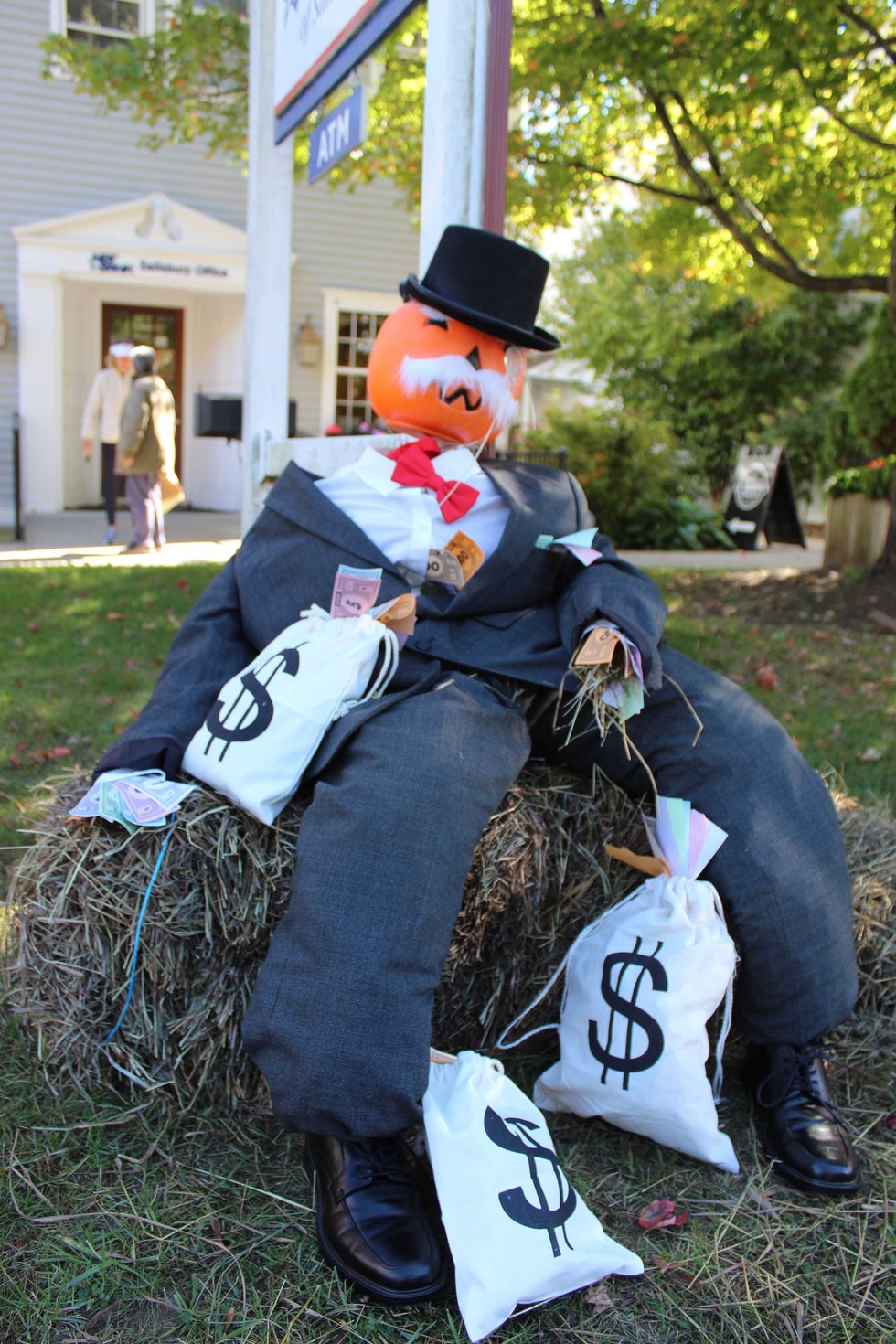
The SCS eighth grade class had a fundraiser going. The idea was for contestants to purchase chips and place them on numbers from 1 to 24.
Then a wheel was spun, a number chosen, and the winner got a cake.
Not a piece of cake. An entire cake.
A group of Indian Mountain School students were determined to get a cake. They purchased 17 chips and spread them around.
Alas, their number did not come up.
At the Salisbury Handmade booths on the White Hart lawn, a small girl was eyeing a toy bat as created by Liz Bucceri.
The little girl asked her grandmother about buying the bat.
The grandmother demurred.
Undeterred, the little girl disappeared, only to reappear holding a cell phone. She took a photo of the toy bat and dashed off again.
After a slightly longer wait, she returned with her grandfather in tow. Grandpa bowed to the inevitable, funds were exchanged, and the little girl pranced off happily, holding her bat aloft.
Bucceri said she started making the toy animals as a hobby and to give to friends with small children.
She only does one show per year, at the Fall Festival, because she is a teacher at a private school in Windsor and does not have vast amounts of free time.
On Library Street the traditional hayride was operating, and there was a new twist in the form of a ride in an antique car.
One of these was a 1930 Ford Model A station wagon, restored by Dave Heck and his son Dan some 15 years ago.
“We found it in pieces at Cape Cod,” Heck said. The restoration took about a year and a half.
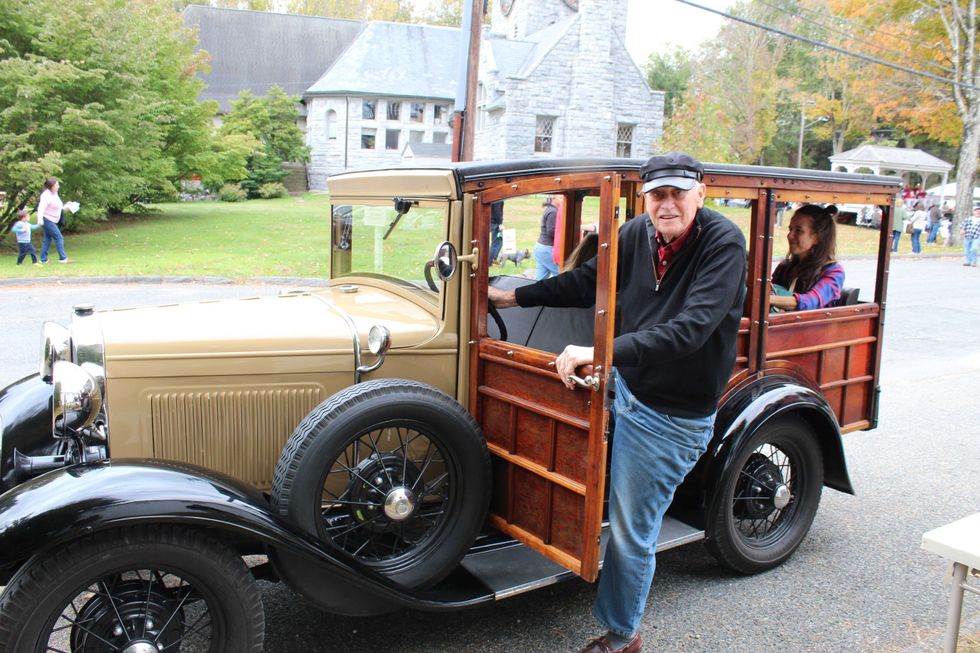
The Salisbury Band Senior Hotshots struck up the familiar circus-y sounds of “Entry of the Gladiators” for the opening of their concert.
Behind the portable bandstand a sea of small children dashed about getting their faces painted or decorating pumpkins.
Looking on were Emma Foster of the Northwest Connecticut Prevention Network and Jessica Hawthorne of the Housatonic Youth Services Bureau. They were there to provide information about their respective organizations’ efforts to help people with substance abuse problems.
Moving east along Main Street, Will Trowbridge was demonstrating aspects of blacksmithing next door to St. John’s Episcopal Church, and right in front of the porch steps of the White Hart Inn, a group of dance students from Blue Studio Dance in Lakeville put on a show, featuring Sydney Howe of North Canaan.
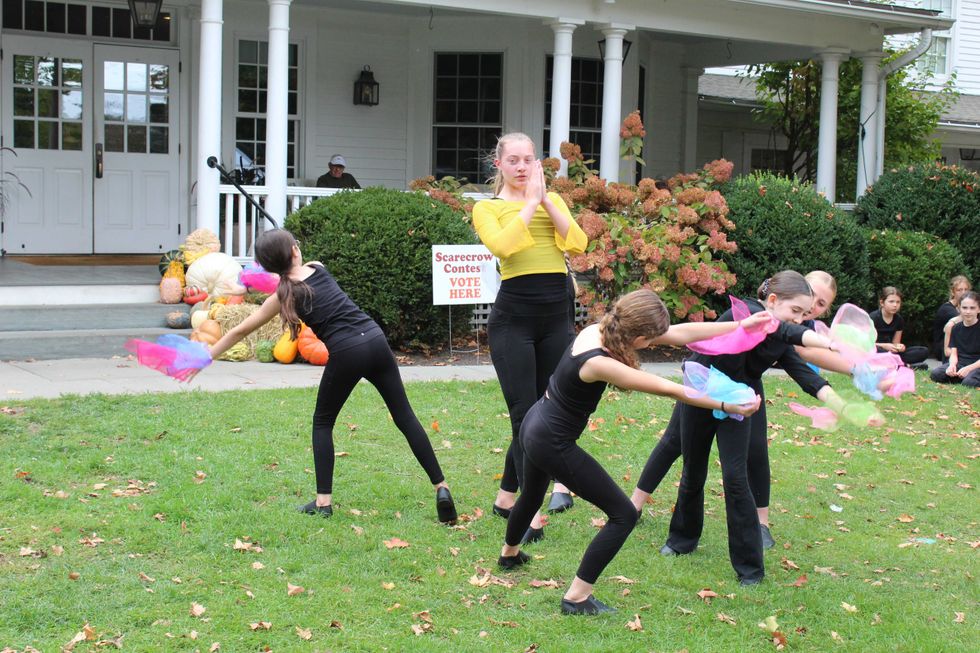
A man with a dog on a leash and clutching a to-go coffee came out of the White Hart’s front door as the dancing was going on.
He looked somewhat taken aback. So did the dog.
There was tension in the air. Would the man and the dog try to go down the steps and awkwardly maneuver around the dancers?
The man looked to his left. No escape there.
He looked to his right.
Aha! An exit!
Crisis averted.
Sunday, Oct. 12 was cold and windy. By noon even the diehards of the Salisbury Association were bringing their tables and stacks of flyers inside.
But there were still cars parked along Route 44 towards Salmon Kill Road and people milling about, admiring the scarecrows and grabbing something warm to drink.
Keep ReadingShow less
Members of the We Can Row team that will be part of the Head of the Charles Regatta on Oct. 18 are, from left: coach and coxswain Anne Kelly, Donna DiMartino, Silvia Mueller, Michael Kelly, Benjamin Freund, Jacolyn Brown, Shelly Whitlock-Pope, Cicely Hajek and Jean Anderson.
Provided
What began as a frightening common experience has brought together a group of residents who have achieved an amazing feat.
In 2004, Noreen Driscoll needed to do something to remember the friends she had lost to cancer and help others facing the disease. She’d held some memorials but decided to do more. She applied for and received a $5,000 Peloton Award for $5,000 and used that money to create Women Enduring Cancer, which transitioned into the Tri-State chapter of We Can Row.
Originally eight women signed up to row every week from May to October. The activity has been embraced by dozens of women over the past 20 years.
“There are so many benefits to rowing,” said Driscoll. “And being with people who are literally in the same boat with whom you can share stories is wonderful.”
Meeting with several of the members last week, the humorous banter was contagious; sometimes even irreverent. They can now joke about their diagnoses and as Juliet Moore said, she was originally turned down when she wanted to participate, but was told she didn’t qualify. “Then I had my first bout, and someone tapped me on the shoulder and said, ‘Now you qualify.’”
Over the years, the women, most of whom had never before rowed, have participated in several regattas, but on Oct. 18, they are heading to one of the most prestigious, and grueling of them all — the Head of the Charles in Boston.
The event is organized by the Survivor Rowing Network, coordinated with the Head of the Charles Regatta giving an opportunity for cancer survivors to row at the regatta in the Survivor Rowing Exhibition. This race is not restricted to women, so there are men among the eight who will be rowing the distance of 4,702 meters. Silvia Mueller contacted the network and received the information. The team applied and was accepted.
Donna DiMartino is proud of the group’s participation in regattas, saying “We have a lot of experience to give.”
Also rowing will be Ben Freund, the first male to join the group. He suggested to his cousin Jacolyn Brown that she consider becoming part of the team and she has since become an active member. “It’s been so much fun,” she said. “At first, I was scared out of my wits, but now I find it exhilarating. We don’t sit around and talk about cancer. We laugh a lot.”
When Freund was diagnosed, he was first tapped to help carry the boat from the boathouse to the water. “Now that they accept men, I broke the glass ceiling,” he said.
Everyone in the group made mention of Washinee Lake on which they row and the magical powers it seems to hold for them. Moore, who is not among those going to Boston, described the beauty of the lake when the sun is setting and an eagle is spotted flying overhead.
She became a bit teary, saying, “This is the most incredible support group. They are such an important part of my life. I think of who we are and what we’ve done. We are there for each other 24/7.
Pauline Moore, who also is not taking part, described the overwhelming feeling of coming down the path and first seeing the lake. “It’s so inviting and encouraging.”
The idol of the team is Cicily Hajek, who will be rowing at age 84. She is ranked third in the world of rowers in her age bracket. Her determination and enthusiasm are evident from the many races she’s been in.
Others who have been central to the program are Carl Jenter, who lost his wife to cancer and has been a loyal driver of the motorized launch that accompanies the boat out on the water, and Dick Curtis, who coached the women for years.
The team is deeply indebted to Salisbury School for providing use of the boathouse and shell. In a note of thanks by member Jean Anderson, she said, “This isn’t a team that any of us tried out for. We individually showed up with our scars and our fears and our dreams. And you have provided us with a few hours each week of tranquility from our lives, our jobs and from cancer. The lake is teaching us to be whole again, reminding us to take it all in. It is all too perfect — really. We are very grateful.”
Driscoll, who is on vacation, wrote a note to the team. “To say that I am proud is truly an understatement. It’s more like I am overwhelmed with what a tiny spark of memories of some of my dearly lost friends has grown into. But the loss of those special friends has generated something that was unfathomable as I was going through my grieving stage. It has become a group of friends, and family support members, who truly embody the spirit of survivorship. The strength that we all get from each other is what carries this group forward on the lake, and in our personal lives and friendships that have been formed through WCR.”
The team will be made up of DiMartino, Mueller, Michael Kelly, Freund, Brown, Shelly Whitbeck Pope, Hajek and Anderson. Anne Kelly is coach and coxswain.
Those interested in learning more about We Can Row can go to rowstrong.org.
Keep ReadingShow less
loading

